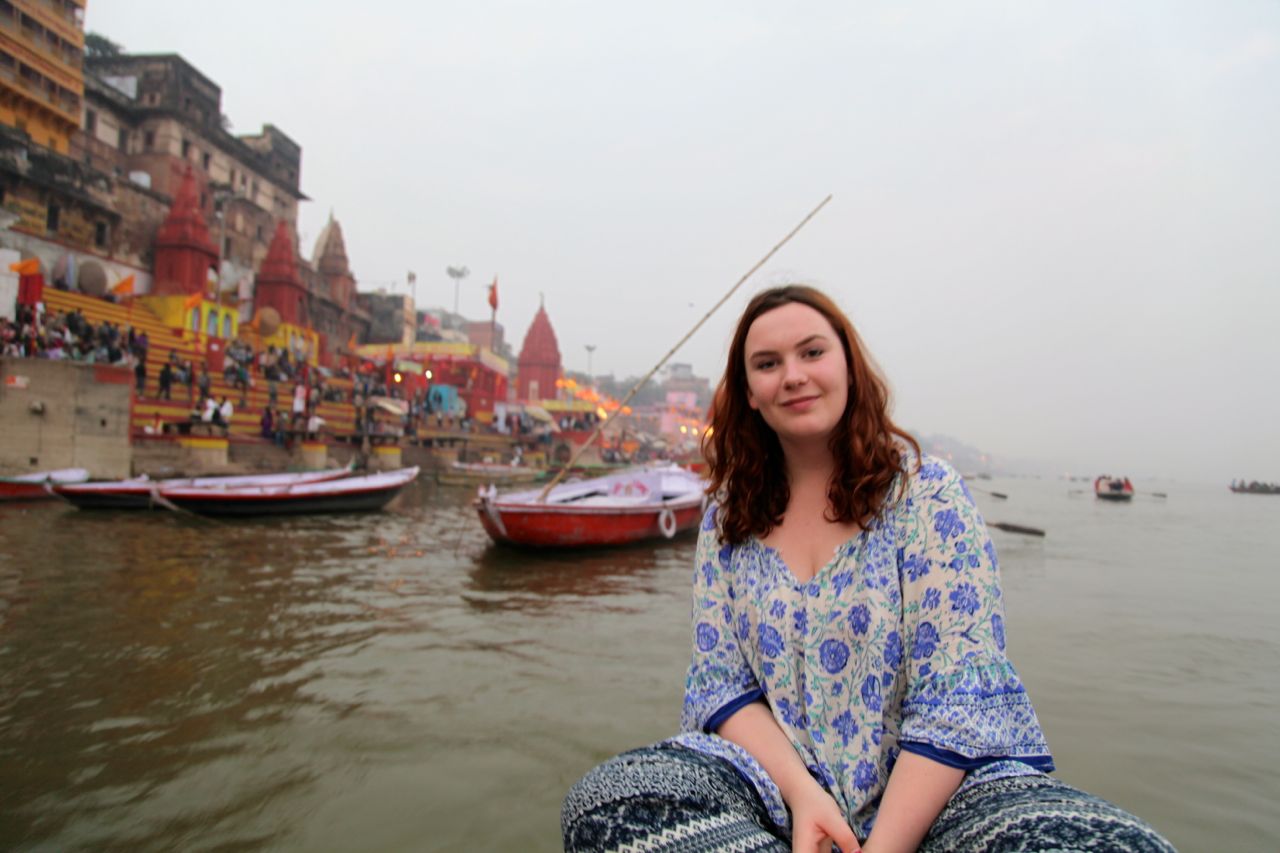LIFE IS A MUSICAL, 2012
By Mardy Bridges
What the piece does (Lecture 3) is illustrate the beauty of mundane things in a poetic, visually and aurally beautiful way. Aesthetically, Life is a Musical, was very beautiful. The clips all showed ordinary, everyday objects and the sounds that accompany them. The project effectively demonstrated the beauty in the simplicity of these commonplace things that the audience would generally take for granted were they not displayed in such a way.

The content was simple and focused on aesthetics and sounds rather than action. For example, in the clip of the microwave we saw the hand close the door so that the microwave started and the humming sound began, but the bulk of the clip simply showed the exterior of the microwave with little to no movement. The frame was set in an interesting and visually pleasing way, not showing the entire microwave but showing the door partially with a reflection. This was more beautiful than if the entire microwave had been shown and is an example of how the project aims to demonstrate the aesthetic and aural beauty in commodities. Many of the clips were framed this way, only partially showing the subject.

Because of this aesthetic style, each clip might be thought of as an abstract film, (Bordwell, David, Thompson, Kristin, 2013) and these films were arranged into a categorical interactive documentary. (Sørenssen, Bjørn, 2008) The clips all have sound in common, they sounds are not identical but many are similar and they are all in a similar style. There is a recurring pattern in the videos, in that the clips are either of people and human sounds, shown in the clips of people speaking, the little girl laughing and the person rubbing their arm, or technological/industrial, shown in the multiple clips of traffic and of household machines.
Rather than creating a balanced user pattern between videos, where technological sounds lead to human sounds and vice versa; the industrial clips lead to other technological clips and the human clips lead to other human clips, with little crossover. This use of pattern means that if the user chooses the technological clips their Korsakow experience will mainly revolve around the technological clips. This would be completely different than if they had chosen a human sound in the beginning, and therefore were offered mainly human sounds to choose from. Obviously because of this the user’s interpretation of the project will be completely different depending on which route they decide to take. In this way the project is very clever and the meaning is rather ambiguous and dependent on the user.
The interface for these was also flipped: for the technological clips the three previews were on the right side of the main video, and for the human clips the previews were on the left side of the main video. For clips that were ambiguous, and could be interpreted as human or as industrial, two previews were offered on either side of the main video. This mirrored image use of interface and pattern might be interpreted as a comparison between humanity and technology, whereby one is a reflection of the other.



Which ever way you choose to go, the project seeks to highlight the beauty of the mundane, a smile, the clinking of a spoon against a mug, traffic and city lights, the beeping and blinking of an ATM etc. There was no hierarchy or obvious ordering of the clips. This illustrated that they were equal in value and in beauty to the creator. The user was allowed to make their own connection between the clips and this connection would revolve around the pattern of simplicity and beauty in both the human and technological clips.


Source film: Life is a Musical







